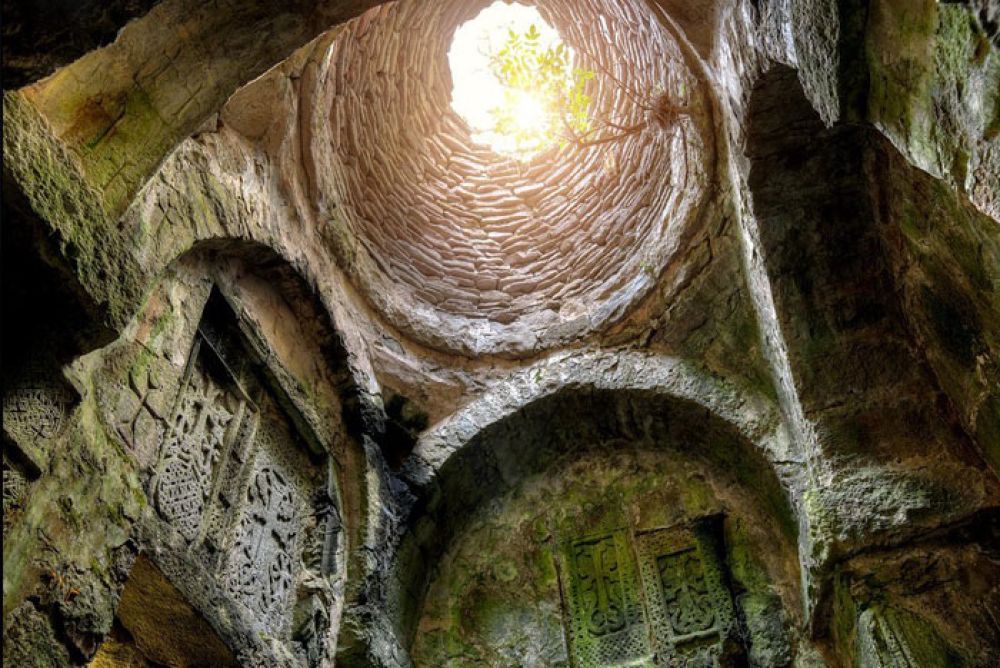

Tucked away in the dense forests of the Tavush Province, the Matosavank Monastery near Dilijan is a spiritual and historical sanctuary that has long evaded the bustling crowds of mainstream tourism. Its relative seclusion and the verdant paths that lead to it, offer a tranquil retreat for those who chance upon this 13th-century structure.
Matosavank Monastery dates back to the High Middle Ages, a period that witnessed the flourishing of Armenian monastic life. Established in 1247 under the auspices of Prince Vasak of Syunik, it became a scholarly center where manuscripts were diligently copied and preserved. This modest complex, consisting of a church, a chapel, and once, a gavit (a type of narthex found in medieval Armenian churches), tells tales of Armenia's medieval past through its modest yet compelling khachkars (cross-stones) and inscriptions.
Despite its rich heritage, Matosavank long remained overshadowed by more accessible monastic sites in Armenia. It wasn’t until the latter half of the 20th century that efforts to promote Dilijan as a resort area—and with it, its cultural monuments—began to garner interest among local and Soviet holidaymakers. However, the monastery's real foray into the tourism scene would be delayed until Armenia's independence in 1991, when the nascent Armenian tourism industry began to rediscover and market its ancient monuments to an international audience.
In recent years, there has been a surge in eco-tourism and adventure travel, with Dilijan and its surroundings attracting hikers, nature enthusiasts, and cultural tourists. This has brought a renewed focus on Matosavank as part of the Dilijan National Park experience. Sustainable tourism initiatives emphasize the importance of this historic site, encouraging respectful engagement with the area's natural and historical resources.
Cultural tourism continues to flourish, with increasing numbers of visitors coming to explore the rich tapestry of Armenian religious architecture. Travelers are often drawn to the location's tranquility, untouched nature, and the allure of discovery as Matosavank lies off the beaten path, promising an intimate glimpse into Armenia’s medieval past.
For those wanting to explore Matosavank today, the journey is as rewarding as the destination itself. Though the monastery remains without large-scale commercial developments, it offers an immersive experience into Armenia's lush landscapes and living history. Tourists are advised to wear comfortable walking shoes for the forested trail and to bring a spirit of adventure as they embark on a journey through the annals of Armenian heritage.
The Government of Armenia, along with various international organizations, has undertaken efforts to preserve and maintain Matosavank Monastery. These include restoration projects aimed at protecting the structural integrity of the site and ensuring future generations can continue to witness its historical significance.
The future of tourism at Matosavank looks promising, with the global community increasingly recognizing the need for sustainable travel experiences that celebrate cultural heritage and natural beauty. As one of the jewels of Armenian monastic architecture, Matosavank is poised to remain an integral part of the nation's burgeoning tourism tapestry.